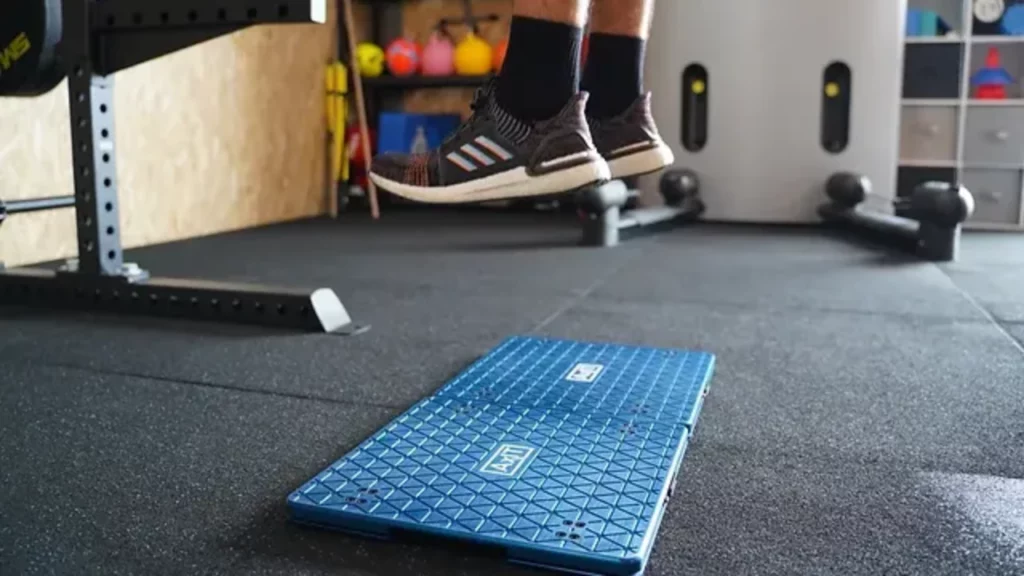When we think of assessing power and performance, the Counter Movement Jump (CMJ) is often associated with athletes measuring explosive strength. But did you know that CMJ can be just as valuable for everyday clients, especially as they age? Lower limb power declines significantly with age, and understanding this can help you provide tailored training programs to support healthy aging.
Why Does Lower Limb Power Decline as We Age?
Lower limb power—our ability to generate force rapidly in the legs—is one of the first muscle qualities to decline as we age, due to several interconnected factors:
- Sarcopenia: The age-related loss of muscle mass, known as sarcopenia, begins as early as the 30s or 40s, leading to a decline in muscle strength and power, particularly in the lower limbs. This reduced power can affect everyday activities like walking, running, and climbing stairs.
- Shift in Muscle Fiber Composition: With age, we see a shift from fast-twitch (Type II) muscle fibers, which are responsible for quick, powerful movements, to slow-twitch (Type I) fibers, which are more fatigue-resistant. This shift results in a natural reduction in the ability to generate power quickly.
- Neuromuscular Changes: As people age, changes in neural function impact the recruitment and synchronization of muscle fibers. This decline in neuromuscular function leads to slower and weaker movements.
- Connective Tissue Degeneration: Tendons and connective tissues become stiffer with age, reducing the force transmission from muscle to bone. This impacts lower limb power and increases the risk of injury.
How Can CMJ Assess Lower Limb Power in Aging Clients?

It might seem counterintuitive, but the Counter Movement Jump test is a valid assessment for aging clients, particularly those who are fit and healthy. Research by Lichtenstein et al. (2013) demonstrated that lower limb power declines by about 40% between the ages of 20 and 80+ years in both males and females. This linear decline shows that monitoring lower limb power can offer valuable insights into functional health as clients age.
Why Should You Use AxIT to Measure CMJ in Your Clients?
- Track Functional Decline Early
Assessing lower limb power using CMJ in clients aged 50 and above can help you identify early signs of functional decline. By tracking this metric, you can tailor training programs aimed at maintaining strength, mobility, and independence—crucial factors in healthy aging. - A Metric for Health Span Ranking
Incorporating CMJ assessments provides a tangible way to rank health span by comparing clients’ results to age-based norms. For fit and healthy older adults, this metric can help preemptively address deficiencies before they lead to larger issues like falls or loss of independence. - Encourage Engaged and Motivated Clients
Seeing clear, data-driven results can engage clients and demonstrate the value of your services. With AxIT’s CMJ testing, you can show them exactly how their lower limb power is changing over time and how your interventions are helping them maintain their vitality. - Portable and Easy to Use
AxIT’s Stomp-IT system makes CMJ testing affordable, portable, and easy to use, even in non-athletic settings. This allows you to quickly assess lower limb power, generate reports, and track progress over time, no matter where you train your clients.

By using CMJ assessments with AxIT’s Stomp-IT, you’ll not only help your clients maintain their physical function, but also gain valuable insights into how their body is changing with age. It’s a proactive way to support longevity, strength, and confidence in their everyday lives.
Want to learn more about measuring lower limb power with AxIT? Visit www.strengthbynumbers.com or contact our team today to start enhancing your clients’ health span!

